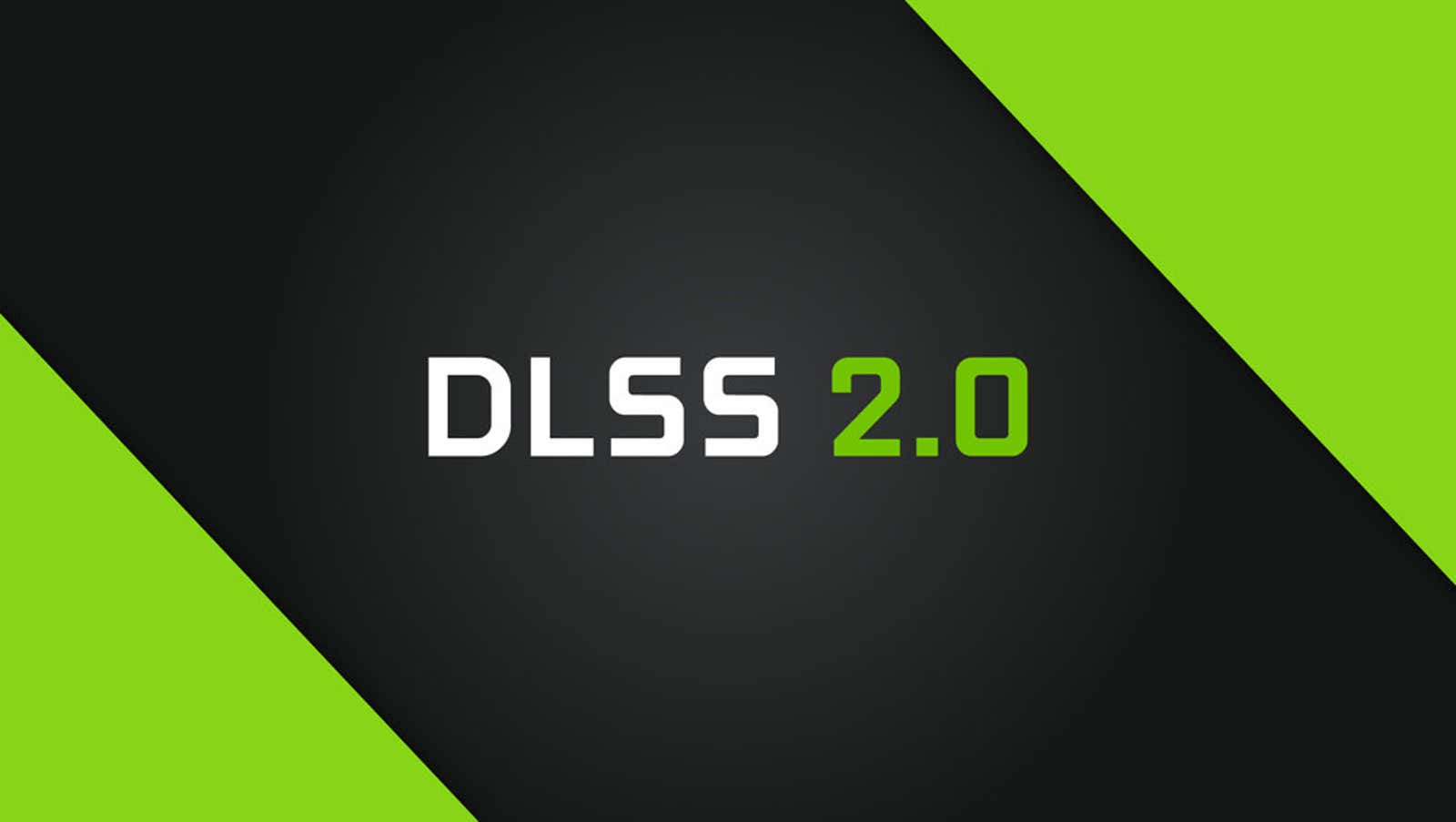Use DLSS to Make Your PC Games Run Better

Ray tracing and 4K are the most talked about features of Nvidia GeForce RTX graphics cards. The DLSS feature that these GPUs can use doesn’t make as much noise, but it’s just as impressive – especially given the magic it can do at frame rates for those playing on low to mid-range hardware.
Here’s a quick overview of what DLSS is, how it works, and which games support it.
What is DLSS?
DLSS, or Deep Learning Super Sampling, is a machine learning-based feature that uses AI tensor cores in Nvidia’s RTX 20 and 30 series graphics cards. When DLSS is enabled, your GPU renders game graphics at a lower resolution and then uses AI to artificial upscaling and enhancing visual effects to higher resolutions without sacrificing performance. To do this, Nvidia “trained” its DLSS algorithm on a supercomputer built specifically for graphics rendering.
For example, instead of rendering the game in 4K resolution, DLSS renders the game in 1440p, after which the machine learning algorithms begin to work. The result is an image that looks almost identical to native 4K resolution, but behaves as if it was rendered at 1440p, which can increase game frame rates and leave a lot of system resources for ray tracing and other high-quality graphics settings.
DLSS is a game changer; it allows even the weakest Nvidia RTX cards like the RTX 2060 to run at convincing (and reproducible) 4K resolution, even if the hardware isn’t normally capable of that kind of output. It’s a shame the PlayStation 5 and Xbox Series X don’t support DLSS; They can of course support 4K and ray tracing, but enabling these settings often results in lower frame rates, leaving players with the choice between graphics fidelity or consistent performance. PC players with DLSS-compatible system do not need to be selected.
However, DLSS is not perfect; This function is known to cause blurring of textures and some loss of detail. While the most recent iteration, DLSS 2.0, fixes many of these issues and ups the resolution to 4x (from 1080p to 4K), you may experience some artifacts and blurring, especially in the finer details. But as the DLSS 2.0 algorithm is constantly being updated, the function will only get better over time.
What games does DLSS support?
Another limitation of DLSS is its availability; this is only in select number games, at least for now. Nvidia originally had to train DLSS for every game, but DLSS 2.0 can apply its enhancements to any game that supports this feature and makes it easier for developers to implement. Here is a list of games supported by DLSS, as well as a list of games that are confirmed to have DLSS support in the future:
DLSS Games:
- Hymn
- Battlefield v
- Vivid memory
- Call Of Duty: Black Ops Cold War
- Control
- Cyberpunk 2077
- Death stranding
- Deliver us to the moon
- F1 2020
- Final Fantasy XV
- Fortnite
- Ghost runner
- Iron conflict
- Justice
- Marvel Avengers
- Mechwarrior V: Mercenaries
- Metro exodus
- mine craft
- Monster Hunter: Peace
- Shadow of the Tomb Raider
- Watch dogs legion
- Wolfenstein Youngblood
Upcoming DLSS Games:
- Among the evil
- Atomic heart
- The border
- Call Of Duty: Warzone
- Edge of eternity
- Fist: Shadow-Forged Torch
- Five Nights at Freddy’s Security Hack
- JX3
- Mortal shell
- Mount & blade ii bannerlord
- Outriders
- Ready or Not (Early Access Launch)
- Scavengers
- Average
- Vampire: The Masquerade – Bloodlines 2
- Xuan Yuan Sword VII